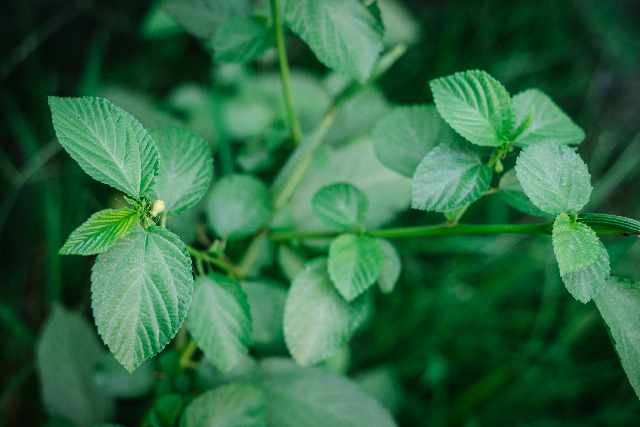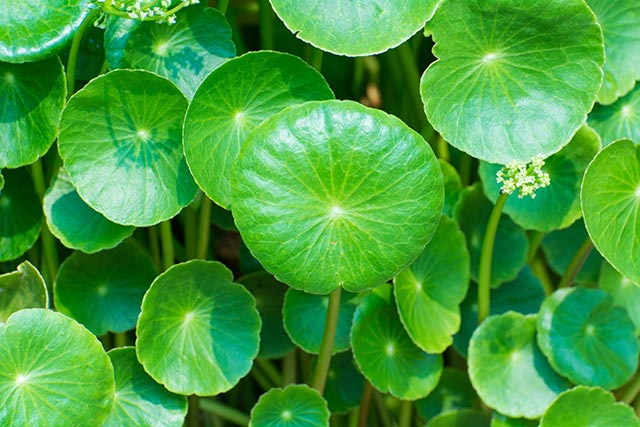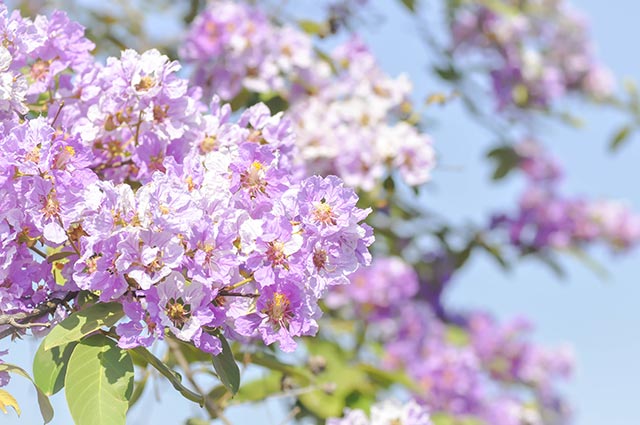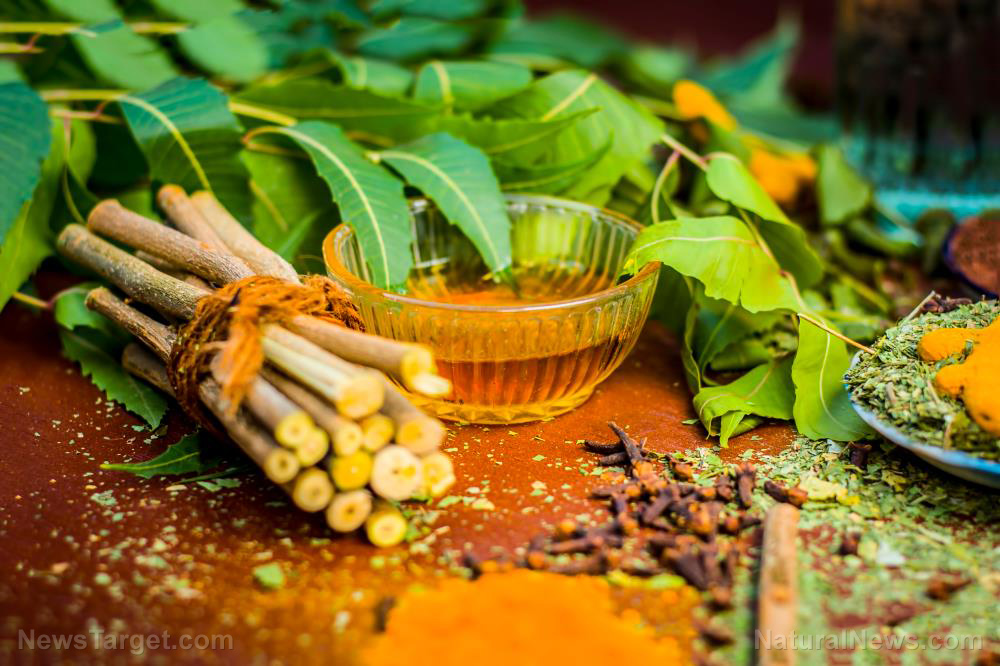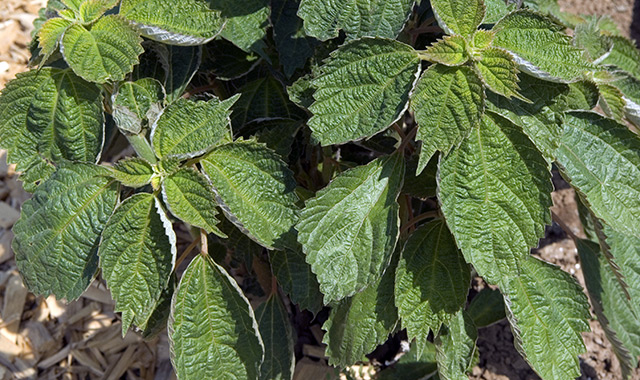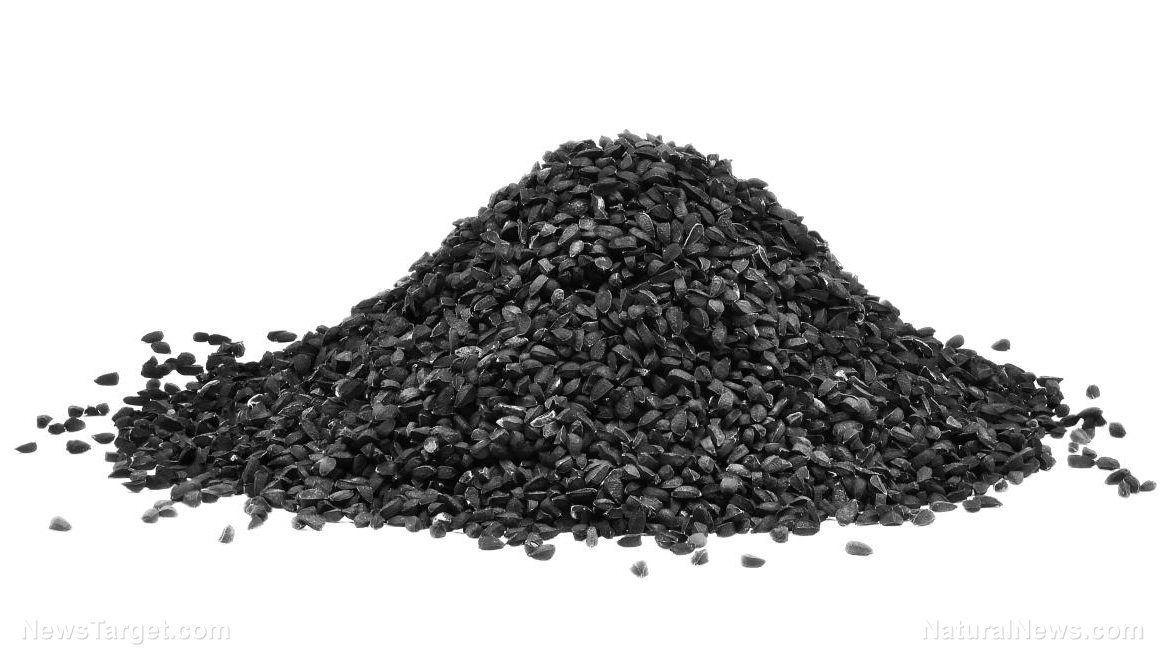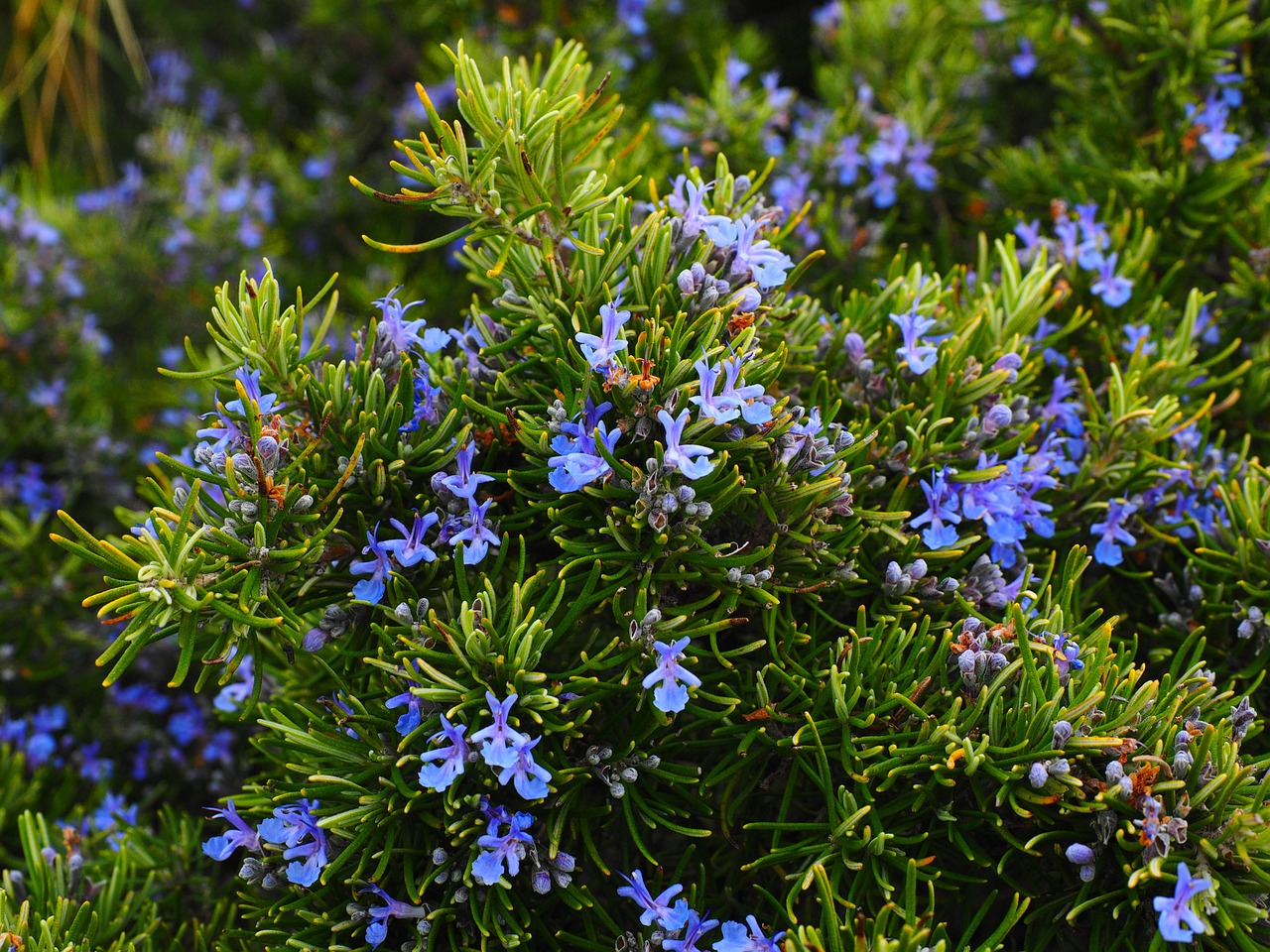This beautiful purple flower native to China kills harmful bacteria in your body without any side effects
10/02/2018 / By Edsel Cook
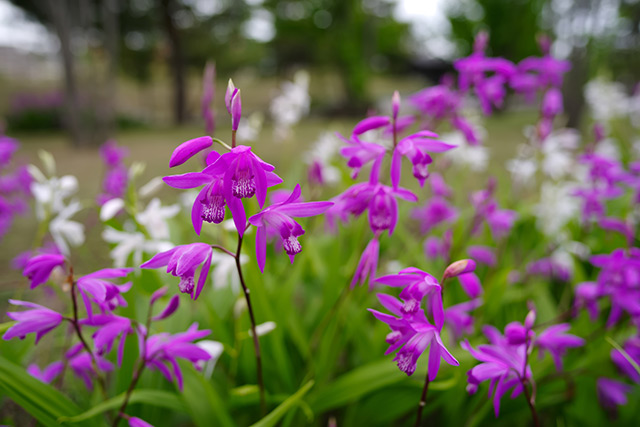
The Chinese ground orchid (Bletilla striata) is a hardy ornamental plant that originated from East Asia. In traditional medicine, the tuber of the plant is used as an ingredient in remedies for infectious diseases. A recent study reported that these rhizomes could be potential sources of natural antibiotic and bactericidal medicine.
The excessive use of pharmaceuticals has led to the emergence of drug-resistant strains of bacteria. Methicillin-resistant Staphylococcus aureus (MRSA), for one, has become a health problem across the world, especially after its sub-strains gained resistance to the drugs that normally treat it.
Researchers from the Zhejiang Chinese Medical University (ZCMU) looked at the Chinese ground orchid, the tubers of which are used to treat pneumorrhagia (hemorrhage of the lungs), pneumonic phthisis (consumption), and skin problems. The tubers contain phenanthrenes, plant-based compounds that exhibited a strong antibacterial effect on Gram-positive bacteria, such as Staphylococcus.
The fiber-rich roots of these tubers are considered to be waste material and are thrown away during processing. This is a mistake given these parts have much higher amounts of phenols and even more phenanthrene compounds.
Most studies on phenanthrenes focus on isolating an individual from the others and screening it for unusual activities. The ZCMU researchers intend to further isolate and identify the antimicrobial phenanthrene fraction that came from the Chinese ground orchid. (Related: Hospital pipes, full of DNA fragments, found to be a breeding ground of antibiotic resistance.)
Is the fibrous root of the Chinese ground orchid tuber more useful than initially thought?
The fibrous roots of the tubers of Chinese ground orchid were gathered. These fresh plant parts were processed into an ethanol extract, which was further isolated in order to extract phenanthrene.
In addition, the researchers obtained examples of three Staph bacteria strains (ATCC 25923, ATCC 29213, and ATCC 43300), E. coli ATCC 35218, Pseudomonas aeruginosa ATCC 27853, and Bacillus subtilis 168. They were further provided with clinical isolates from Shaoxing Central Hospital.
Using the fraction and the strains, the researchers determined the minimum concentration of phenanthrene required to completely prevent bacterial growth. From there, they went on to evaluate the smallest amount necessary to kill bacteria and the time it took for the antibacterial to eradicate a sample.
They also inspected the effect of pH and the size of the inoculum on the minimum inhibition concentration of the bactericidal. Finally, they measured the postantibiotic effect, the ability of a treatment to continue suppressing bacterial growth hours after it was first administered.
Phenanthrene in tuber roots can suppress or eradicate Staph bacteria
The ZCMU researchers reported that the fibrous roots of the Chinese ground orchid contained large amounts of phenanthrene. The fraction displayed good antibacterial activity against Gram-positive bacteria such as the Staphylococcus strains, including the antibiotic-resistant MRSA.
The minimum inhibitory concentrations ranged from eight to 64 micrograms per milliliters. This range was lower than the MIC for the natural antibiotic berberine, which is widely used in traditional Chinese medicine.
Phenanthrene was bactericidal towards the Staphylococcus strains 3304 and ATCC 29213. The latter strain was more susceptible to treatment. The fraction was bacteriostatic towards the other three strains; it suppressed their growth but did not kill the pathogens.
Neither the pH nor the size of the inoculum affected phenanthrene’s effectiveness. The plant fraction was considered to be very stable.
Finally, phenanthrene was considered to be safe for humans. It did not cause any toxic effect on human blood cells and only minor toxicity to human umbilical vein endothelial cells.
The researchers concluded the need for further investigation of phenanthrenes found in the fibrous roots of the Chinese ground orchid tubers. The plant-based compounds could become a cheap and promising source of natural antibacterials and antibiotics that could target drug-resistant bacterial diseases.
For more articles about alternative remedies for bacterial infection, visit NaturalCures.news.
Sources include:
Tagged Under: Antibiotics, antiobiotic-resistant pathogen, bactericidal, Bletilla striata, Chinese ground orchid, Chinese herbal medicines, good herb, gram-positive bacteria, herbal medicines, natural cures, natural remedies, phenanthrene, plant medicine, Staphylococcus aureus, traditional Chinese medicines

